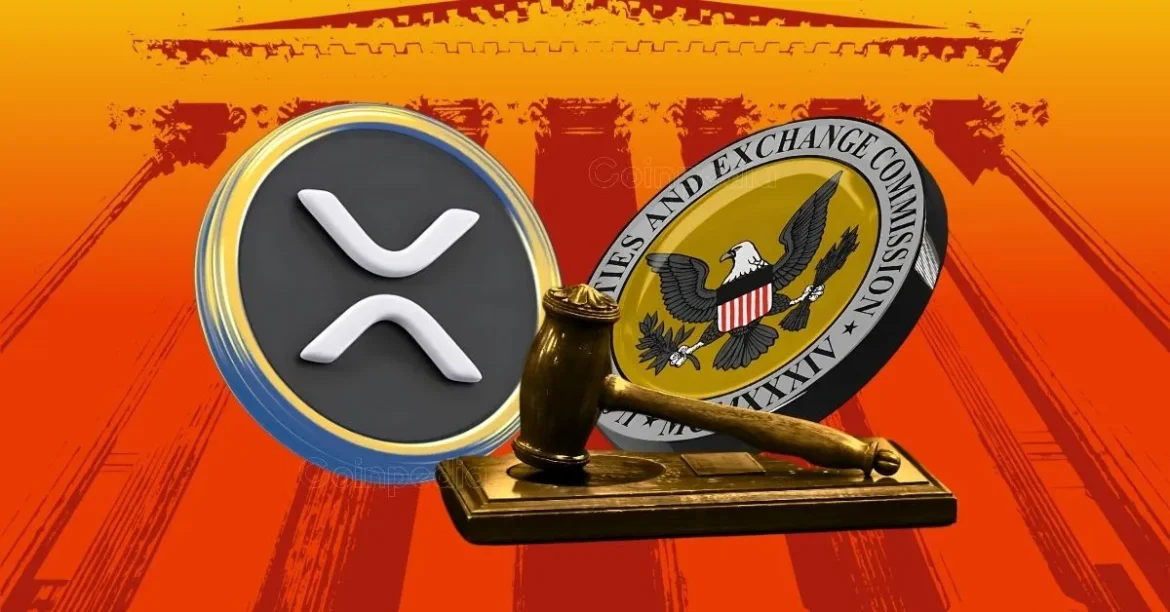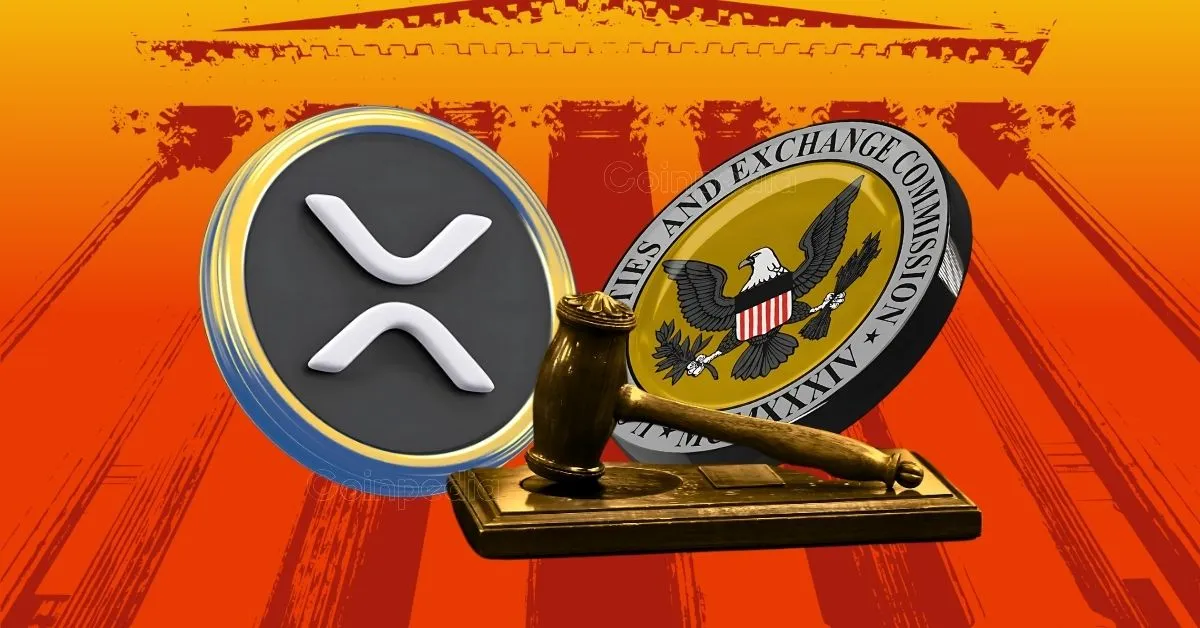The Ripple vs. SEC Legal Battle: A Turning Point in Crypto Regulation
The years-long legal confrontation between Ripple Labs and the U.S. Securities and Exchange Commission (SEC) has dominated headlines and shaped conversations around cryptocurrency regulation. From its inception in December 2020 to the recent developments in 2025, this case has become a landmark in interpreting the regulatory landscape for digital assets. Its conclusion offers not only relief to Ripple and its investors but also signals a pivotal moment for the entire crypto industry, influencing regulatory approaches, market confidence, and legal precedents.
—
Background and Core Issues of the Lawsuit
At the heart of the dispute was the SEC’s allegation that Ripple Labs violated the Securities Act of 1933 by conducting unregistered securities offerings totaling $1.3 billion through sales of its digital token, XRP. The commission sought injunctive relief, disgorgement of profits (with interest), and substantial civil penalties.
Ripple contested the classification of XRP as a security, arguing that the token functions as a currency rather than an investment contract under U.S. law. The case thereby raised fundamental questions about how cryptocurrencies are to be treated under securities laws—a question with enormous implications beyond Ripple itself.
—
Judicial Proceedings, Key Rulings, and Settlement Attempts
The trial featured multiple crucial moments, including a partial ruling by Judge Analisa Torres. Though the court acknowledged some institutional sales of XRP might have required compliance with securities laws, it denied the SEC’s request for disgorgement on the grounds that institutional investors did not suffer monetary harm. Ripple was fined $125 million—a penalty significant but less than the SEC’s original demand.
In early 2025, both parties attempted to reduce this fine to $50 million and release funds held in escrow. However, Judge Torres denied this joint motion, labeling it procedurally improper, and introduced delays in bringing closure. Subsequently, in a surprising development, the SEC dropped its appeal against Ripple in March 2025 and agreed to a settlement. This settlement included the SEC retaining $50 million of the fined amount while returning over $75 million of escrowed money to Ripple.
Ripple’s Chief Legal Officer described this as the final step in resolving the long-running case, effectively ending the dispute that had lasted over four years. The ending was heralded by Ripple supporters and analysts alike as a major victory for the company and symbolically for the crypto community.
—
Impact on Ripple, XRP, and the Cryptocurrency Market
The resolution of this lawsuit immediately buoyed XRP’s market value, instilling renewed investor confidence. Beyond price movements, the case’s closure allows Ripple to operate without the haunting uncertainty over XRP’s regulatory status—removing a significant obstacle for partnerships and business development.
For the broader crypto market, the case has been watched as a litmus test for regulatory treatment of digital assets. Ripple’s legal win against a powerful federal agency has emboldened other token issuers and crypto businesses, reducing fears of sudden regulatory crackdowns and fines. The decision also sets important precedent by signaling that the SEC’s stringent classification approach may not be legally robust or uniformly applicable.
—
Broader Implications for U.S. Crypto Regulation
The Ripple vs. SEC litigation epitomized the uncertain and evolving nature of U.S. crypto regulation. While the SEC sought to enforce a strict interpretation under securities laws, the drawn-out legal tussle exposed limitations and inconsistencies in its approach. Post-settlement, attention is shifting away from punitive actions toward clearer, more predictable regulatory frameworks.
Legal experts and industry stakeholders view this as a “watershed moment” for U.S. crypto oversight. The outcome suggests a future where regulatory agencies might adopt more nuanced approaches, distinguishing between utility tokens, currencies, and securities, and possibly favoring legislation or guidance that better suits crypto assets’ unique characteristics.
This shift could foster innovation and growth, drawing more institutional investment and mainstream adoption, which had been hindered by regulatory ambiguity. Moreover, it may influence ongoing reforms and encourage bipartisan legislative efforts that clarify digital asset classification and compliance requirements.
—
The Ripple Effect on Future Litigation and Regulatory Policies
The Ripple case has established new legal frameworks for assessing what constitutes a security in the context of cryptocurrencies. Defense lawyers note that the established reasoning could serve as a blueprint for future disputes, potentially reducing the scope of enforcement actions against crypto enterprises and token issuers.
At the same time, the protracted negotiations and eventual settlement highlight the complexity of crypto litigation. Although Ripple’s clear legal victory is celebrated, the drawn-out arbitration and funds held in escrow show that resolving such cases requires balancing legal principles with business realities.
Regulators and lawmakers are likely to watch carefully how other cases unfold and may be prompted to coordinate a more coherent policy stance. Given that the Ripple lawsuit was one of the most high-profile and contentious, its conclusion might mark the end of an era of aggressive enforcement and the beginning of an era characterized by thoughtful regulatory design.
—
Conclusion: A Defining Chapter in Cryptocurrency’s Legal Journey
The settlement and final resolution of the Ripple vs. SEC case is more than just a win for one company; it marks a profound shift in the trajectory of U.S. cryptocurrency regulation. The dismissal of charges against Ripple Labs, the reduction of financial penalties, and the return of escrowed funds remove significant legal overhangs, fostering greater market certainty.
For cryptocurrencies broadly, this saga’s end signals a regulatory environment that may become more balanced, informed, and predictable—qualities essential for maturation of the digital asset ecosystem. Legal experts see this as a turning point that could spark renewed innovation, investment, and mainstream adoption, shaping the next generation of crypto regulation.
Ripple’s battle was a crucible testing not only the strength of the SEC’s claims but also the resilience of the crypto community’s fight for clarity and fairness. With the curtain now drawn on this landmark case, both the industry and regulators face an opportunity: to learn from a complex clash and collaboratively build frameworks that recognize the unique nature of blockchain technology and its financial innovations.





